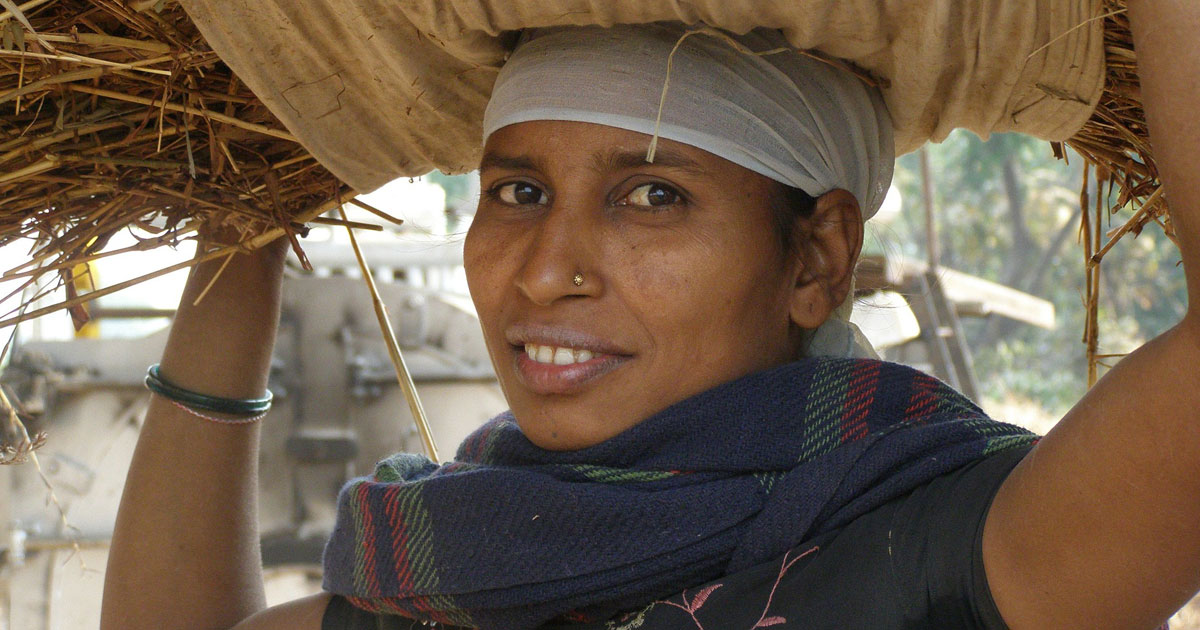Celebrating National Farmworker Health Day!

Every year, Farmworker Health Day lands in the middle of August, when farmworkers are shaking down the almonds in California, cutting the second harvest of alfalfa in Pennsylvania, and raking blueberries in Maine -- doing the low-paid, high-risk work that puts food on our dinner tables. Many of the front-page news articles influence the health and well-being of our country’s farmworkers, like climate change, immigration policy, even infectious disease outbreaks. The outlook can at times look grim. This year, we celebrate some of the many successes we’ve had in the fight for health justice. Although we have a long way to go, we have made significant gains in protecting the health and safety of farmworkers in the last year.
To celebrate the day, which is part of National Health Center Week, we present some of the biggest health risks farmworkers continue to face -- and how it’s changed since the last summer harvest.
Better health coverage
For all immigrants combined, uninsured rates still hover at a disappointing 27 percent, compared to just nine percent of native-born people. But in the last few years, immigrants have gained insurance at a faster rate than non-immigrants -- both because of the Affordable Care Act and because of gains in private insurance, says the Migration Policy Institute.
However, immigrants lacking authorization are ineligible for the Affordable Care Act, shutting out thousands of people who work in some of the highest risk jobs, like farmworkers. But states may fill the void. On May 1st, California expanded its Medi-Cal program to permit California’s roughly 170,000 children lacking authorization who live in the US to receive its health benefits.
Improved health and safety regulations
Historically, farmworkers have lacked regulatory parity with workers in other industries. This has left farmworkers vulnerable to health and safety issues from which other workers are protected. However, just in the last year, farmworkers have seen important gains in standards and regulations that directly affect their health. Last year’s long-awaited updates to the Worker Protection Standard will significantly improve the work environments of farmworkers by assuring safer and healthier workplaces. Last month’s decision in New Mexico’s Supreme Court will give farmworkers in that state the right to workers’ compensation. But of course, there’s still so much to do -- legislators weakened those newly-gained farmworker protections in a rider on the EPA funding bill last month, and New Mexico is still just one of 14 states that give farmworkers workers’ compensation.
Removal of barriers to care
Farmworkers encounter numerous barriers to receiving health care. One is simply knowing what’s available to them. Roughly 18 percent of migratory and seasonal farmworkers and their families are served by one of the 174 health centers who have funding specifically to serve farmworkers, but a new campaign is pushing to increase access. In 2015, the National Association of Community Health Center launched the Ag Worker Access 2020 campaign, which aims to increase the 910,172 farmworkers served at community health centers to two million by 2020. The campaign has quickly gained speed, with programs and technical assistance to expand health centers’ reach into the farmworker community and ensure that farmworkers in the community aren’t left behind when it comes to their health needs.
The road ahead
These are just a few of the gains we’ve seen in the last year. Of course, many barriers to care remain, and many setbacks in the last year make it sometimes hard to celebrate the critical steps forward we’ve made. But that’s why we keep going. On this National Farmworker Health Day, we celebrate the health of farmworkers by continuing our work in supporting the health needs of this often overlooked and underserved population that is so critical to our economy and so vital to assuring we have food on our plates.
Learn more about National Health Center Week at www.healthcenterweek.org. Read more about the National Association of Community Health Centers, which sponsors the weeklong celebration, here.
Like what you see? Amplify our collective voice with a contribution.
Got some good news to share? Send it to us via email, on Facebook, or on Twitter.
Return to the main blog page or sign up for blog updates here.
- Log in to post comments
